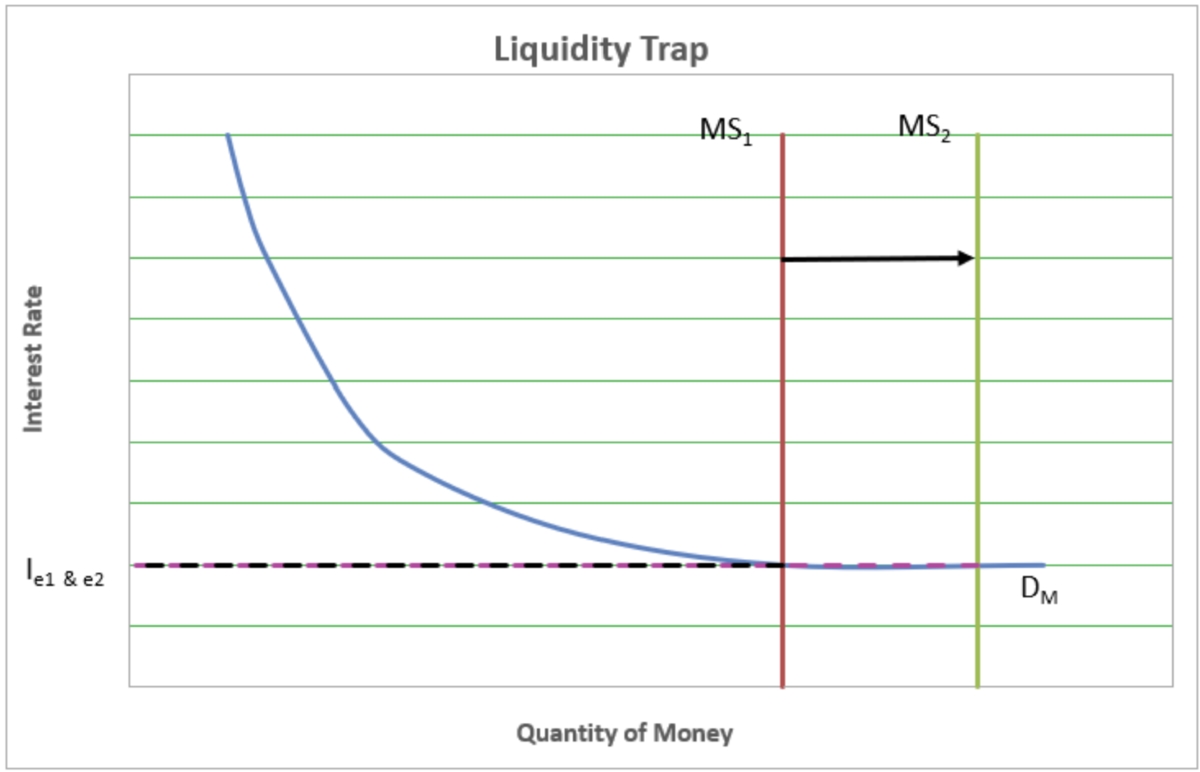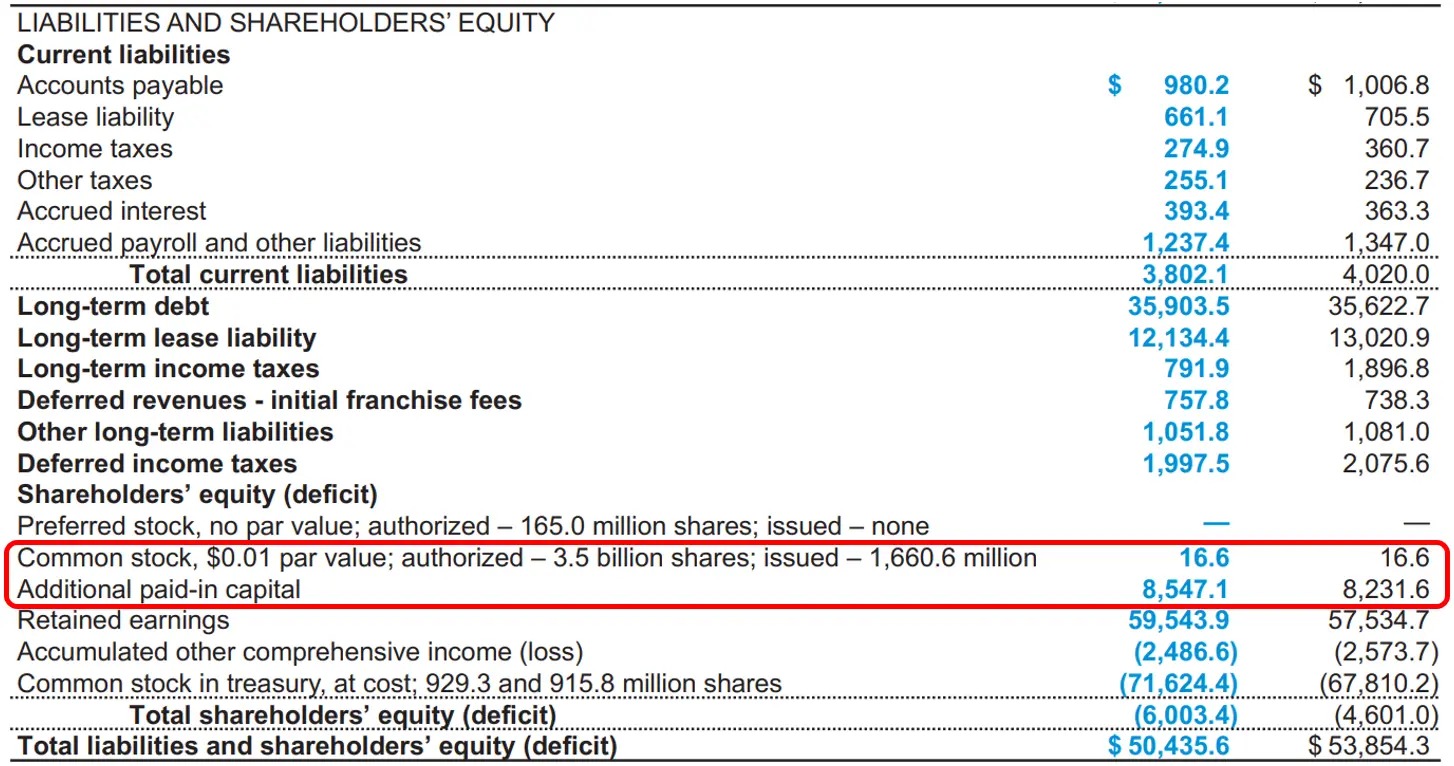

Finance
What Is A Liquidity Trap?
Published: February 23, 2024
Learn about liquidity traps in finance and how they impact the economy. Understand the causes and implications of liquidity traps in the financial market.
(Many of the links in this article redirect to a specific reviewed product. Your purchase of these products through affiliate links helps to generate commission for LiveWell, at no extra cost. Learn more)
Table of Contents
Introduction
A liquidity trap is a perplexing economic phenomenon that occurs when ultra-low interest rates fail to stimulate consumer spending and investment, leading to stagnation in economic growth. This situation arises when individuals and businesses hoard cash rather than spending or investing it, despite the central bank's efforts to increase the money supply. The concept of a liquidity trap was first introduced by economist John Maynard Keynes during the Great Depression of the 1930s, and it has since become a focal point of macroeconomic policy discussions.
In a liquidity trap, conventional monetary policy tools become ineffective, as nominal interest rates are already close to zero. This renders central banks unable to further reduce interest rates to encourage borrowing and spending. As a result, the economy experiences a prolonged period of subdued demand, high unemployment, and underutilized resources, often leading to deflationary pressures.
The persistence of a liquidity trap can have far-reaching implications for both developed and emerging economies, posing significant challenges for policymakers and central banks striving to reignite economic activity. Understanding the underlying causes, effects, and historical precedents of liquidity traps is crucial for devising effective policy responses to mitigate their adverse impact and foster sustainable economic recovery. In this article, we will delve into the intricacies of liquidity traps, exploring their origins, manifestations, and potential remedies to shed light on this complex economic conundrum.
Understanding Liquidity Trap
At the core of a liquidity trap lies a paradoxical behavior exhibited by economic agents. Ordinarily, when interest rates are low, individuals and businesses are incentivized to borrow and spend, thereby stimulating economic activity. However, in a liquidity trap, this rational response is upended. Rather than seizing the opportunity to invest or consume, economic agents opt to hoard cash, seeking the safety of highly liquid assets despite the negligible returns. This inclination toward liquidity preference, as coined by Keynes, leads to a stagnation in the circulation of money and a contraction in aggregate demand.
The shift toward liquidity preference can be attributed to prevailing pessimism regarding the future economic outlook. In such circumstances, individuals and businesses prioritize the accumulation of cash reserves as a hedge against uncertainty, foregoing potentially more lucrative investment opportunities. This behavior perpetuates a self-reinforcing cycle of subdued economic activity, as reduced spending and investment further dampen overall demand, leading to a protracted period of economic stagnation.
Moreover, the presence of high levels of debt can exacerbate the propensity to hoard cash. Indebted entities may prioritize debt repayment over spending or investing, further amplifying the liquidity trap’s grip on the economy. Additionally, the psychological impact of deflation, wherein the value of money increases over time, can reinforce the incentive to hold cash rather than engage in economic transactions, deepening the liquidity trap’s entrenchment.
Understanding the psychology and behavioral dynamics underpinning liquidity traps is crucial for policymakers seeking to navigate and mitigate their impact. By comprehending the drivers of liquidity preference and the associated impediments to conventional monetary policy, central banks and governments can devise targeted interventions to counteract the adverse effects of a liquidity trap and foster a revival in economic activity.
Causes of Liquidity Trap
The emergence of a liquidity trap can be attributed to a confluence of economic and psychological factors that collectively impede the efficacy of conventional monetary policy. One of the primary causes is the pervasive pessimism and uncertainty prevalent in the economy. When individuals and businesses hold bleak expectations about the future, they tend to prioritize the accumulation of cash reserves, eschewing spending and investment despite low interest rates. This cautious stance stems from a desire to safeguard against potential financial hardships, leading to a preference for liquidity over engaging in economic transactions.
High levels of indebtedness within the economy also contribute to the onset and perpetuation of a liquidity trap. Indebted entities, whether households, businesses, or even governments, may opt to prioritize debt reduction over spending or investment, constraining overall demand and perpetuating the cycle of economic stagnation. The burden of debt repayment can dampen consumer and business confidence, further exacerbating the propensity to hoard cash and reinforcing the liquidity trap’s grip on the economy.
Furthermore, deflationary pressures play a pivotal role in sustaining a liquidity trap. In a deflationary environment, the purchasing power of money increases over time, incentivizing individuals and businesses to delay spending in anticipation of lower prices in the future. This behavior contributes to a reduction in aggregate demand, compounding the challenges of stimulating economic activity and exacerbating the liquidity trap’s effects.
Another contributing factor is the limitations of monetary policy in influencing economic behavior during a liquidity trap. With nominal interest rates already near zero, central banks encounter constraints in further reducing rates to stimulate borrowing and spending. This ineffectiveness of traditional monetary tools renders the economy susceptible to prolonged periods of subdued demand and stagnation, necessitating alternative policy responses to break free from the liquidity trap’s grip.
Understanding the multifaceted causes of a liquidity trap is pivotal for policymakers, as it enables the formulation of targeted interventions to counteract its adverse effects and reignite economic dynamism. By addressing the underlying factors driving liquidity preference and economic caution, policymakers can endeavor to mitigate the impact of a liquidity trap and pave the way for sustainable economic recovery.
Effects of Liquidity Trap
The ramifications of a liquidity trap reverberate throughout the economy, exerting profound and enduring effects on various facets of economic activity. One of the primary consequences is the stagnation of consumer spending and business investment. In the grip of a liquidity trap, individuals and businesses exhibit a heightened proclivity to hoard cash, leading to a contraction in aggregate demand and a dearth of investment, thereby stifling economic growth and perpetuating a cycle of subdued activity.
Moreover, a liquidity trap engenders persistently low inflation or deflationary pressures, posing significant challenges for central banks and policymakers. With subdued demand and tepid economic activity, inflationary pressures remain muted, often tilting toward deflation. Deflation, in turn, erodes the value of assets and debts, amplifying the burden of debt repayment and constraining consumer spending, further exacerbating the liquidity trap’s grip on the economy.
Another notable effect of a liquidity trap is the escalation of unemployment and underutilization of resources. As businesses curtail investment and production in response to subdued demand, labor markets witness heightened unemployment levels, leading to a protracted period of economic hardship for individuals and communities. The underutilization of resources exacerbates the economic malaise, impeding the realization of the economy’s productive potential and perpetuating the cycle of stagnation.
Furthermore, a liquidity trap can lead to a deterioration in fiscal positions, particularly for governments grappling with diminished tax revenues and heightened expenditure on social safety nets. The strain on public finances can impede the government’s capacity to stimulate economic activity and provide essential public services, further exacerbating the challenges posed by the liquidity trap.
Overall, the effects of a liquidity trap are far-reaching and pervasive, posing formidable challenges for policymakers and central banks in their efforts to revive economic activity and restore confidence. Understanding the multifaceted repercussions of a liquidity trap is essential for devising targeted policy responses aimed at mitigating its adverse effects and fostering a sustainable path toward economic recovery.
Historical Examples of Liquidity Trap
Throughout economic history, several notable episodes exemplify the manifestation and enduring impact of liquidity traps, offering valuable insights into the complexities and challenges associated with navigating such predicaments. One prominent historical example is the prolonged period of economic stagnation that gripped Japan during the 1990s, a period often referred to as the “Lost Decade.” Following a speculative asset bubble in the late 1980s, Japan’s economy succumbed to a protracted period of subdued growth, characterized by ultra-low interest rates and tepid consumer spending and investment. Despite aggressive monetary policy measures aimed at stimulating economic activity, including near-zero interest rates, the economy grappled with deflation and stagnation, underscoring the resilience of the liquidity trap’s grip.
Another notable historical instance of a liquidity trap is the global financial crisis of 2007-2008, which precipitated a severe downturn in economic activity across major economies. Central banks, including the U.S. Federal Reserve and the European Central Bank, resorted to unconventional monetary policy measures, such as quantitative easing, to counteract the adverse effects of the crisis. However, the persistence of subdued demand and the reluctance of consumers and businesses to engage in spending and investment underscored the challenges of overcoming the liquidity trap’s constraints, highlighting the protracted nature of its impact.
Furthermore, the aftermath of the Great Depression in the 1930s serves as a seminal historical example of a liquidity trap’s enduring impact on economic activity. Despite concerted efforts by central banks and governments to stimulate demand and investment, the prevailing environment of pessimism and caution among economic agents perpetuated a prolonged period of economic stagnation, underscoring the formidable challenges posed by liquidity traps in the face of conventional policy responses.
These historical examples underscore the resilience and enduring impact of liquidity traps, shedding light on the complexities and challenges associated with navigating such economic predicaments. By examining the historical precedents of liquidity traps, policymakers can glean valuable insights into the multifaceted nature of their impact and devise targeted interventions to mitigate their adverse effects and foster sustainable economic recovery.
Policy Responses to Liquidity Trap
Addressing a liquidity trap necessitates a multifaceted policy approach that extends beyond conventional monetary policy measures. Central banks and governments deploy a range of targeted interventions to counteract the adverse effects of a liquidity trap and reignite economic activity. One pivotal policy response involves the implementation of unconventional monetary policy measures, such as quantitative easing and forward guidance. Quantitative easing entails the central bank’s purchase of long-term securities to lower long-term interest rates and bolster the money supply, aiming to stimulate borrowing and investment amid ultra-low interest rate environments. Forward guidance, on the other hand, involves transparent communication from central banks regarding the future trajectory of monetary policy, providing assurance to economic agents and shaping their expectations to spur spending and investment.
Another critical policy response involves fiscal stimulus measures aimed at bolstering aggregate demand and investment. Governments may enact expansive fiscal policies, including increased public spending on infrastructure projects, social welfare programs, and targeted tax cuts to stimulate economic activity and mitigate the impact of a liquidity trap. By injecting funds into the economy and bolstering consumer and business confidence, fiscal stimulus measures can serve as a potent tool in countering the adverse effects of subdued demand and stagnation.
Moreover, structural reforms aimed at enhancing the flexibility and resilience of the economy can play a pivotal role in mitigating the impact of a liquidity trap. Reforms targeting labor markets, regulatory frameworks, and trade policies can foster a more dynamic and adaptive economic environment, facilitating the reallocation of resources and bolstering the economy’s productive potential. By enhancing the economy’s capacity to adapt to shifting economic conditions, structural reforms can contribute to mitigating the impact of a liquidity trap and fostering sustainable economic recovery.
Additionally, targeted measures to address the psychological and behavioral impediments to spending and investment are crucial in navigating a liquidity trap. Communication strategies aimed at shaping positive expectations and bolstering confidence, as well as initiatives to alleviate the burden of indebtedness on households and businesses, can help alleviate the propensity to hoard cash and encourage engagement in economic transactions.
By employing a comprehensive policy framework encompassing unconventional monetary measures, fiscal stimulus, structural reforms, and targeted interventions, policymakers can endeavor to counteract the adverse effects of a liquidity trap and pave the way for sustainable economic recovery. Understanding the multifaceted nature of policy responses to liquidity traps is pivotal for devising effective strategies to mitigate their impact and foster a revival in economic dynamism.
Conclusion
The enigmatic phenomenon of a liquidity trap poses formidable challenges for policymakers and central banks, exerting enduring and pervasive effects on economic activity. Characterized by ultra-low interest rates, subdued demand, and stagnation, liquidity traps underscore the complexities and constraints of conventional monetary policy in stimulating economic activity. The causes of a liquidity trap, including pervasive pessimism, high indebtedness, and deflationary pressures, contribute to a protracted period of economic malaise, amplifying the challenges of reigniting growth and confidence.
Historical examples, such as Japan’s “Lost Decade” and the aftermath of the global financial crisis, offer valuable insights into the enduring impact and resilience of liquidity traps, highlighting the formidable challenges they pose in the face of conventional policy responses. However, a comprehensive policy approach encompassing unconventional monetary measures, fiscal stimulus, structural reforms, and targeted interventions holds promise in mitigating the adverse effects of liquidity traps and fostering sustainable economic recovery.
By understanding the underlying drivers and repercussions of liquidity traps, policymakers can devise targeted interventions to counteract their impact and pave the way for a revival in economic dynamism. Through transparent communication, fiscal stimulus, and structural reforms, the entrenchment of liquidity traps can be mitigated, fostering an environment conducive to investment, consumption, and sustainable growth.
In navigating the complexities of liquidity traps, policymakers must remain attuned to the psychological and behavioral dynamics underpinning economic agents’ decisions, shaping positive expectations, and confidence to mitigate the propensity to hoard cash. By embracing a multifaceted policy response, policymakers can strive to break free from the grip of liquidity traps and foster a resilient and dynamic economic environment.
Ultimately, the comprehension of liquidity traps and the formulation of targeted policy responses are pivotal in navigating the challenges posed by economic stagnation and fostering a sustainable path toward recovery. By leveraging historical insights and embracing a comprehensive policy framework, policymakers can endeavor to counteract the adverse effects of liquidity traps and pave the way for renewed economic vitality and confidence.














